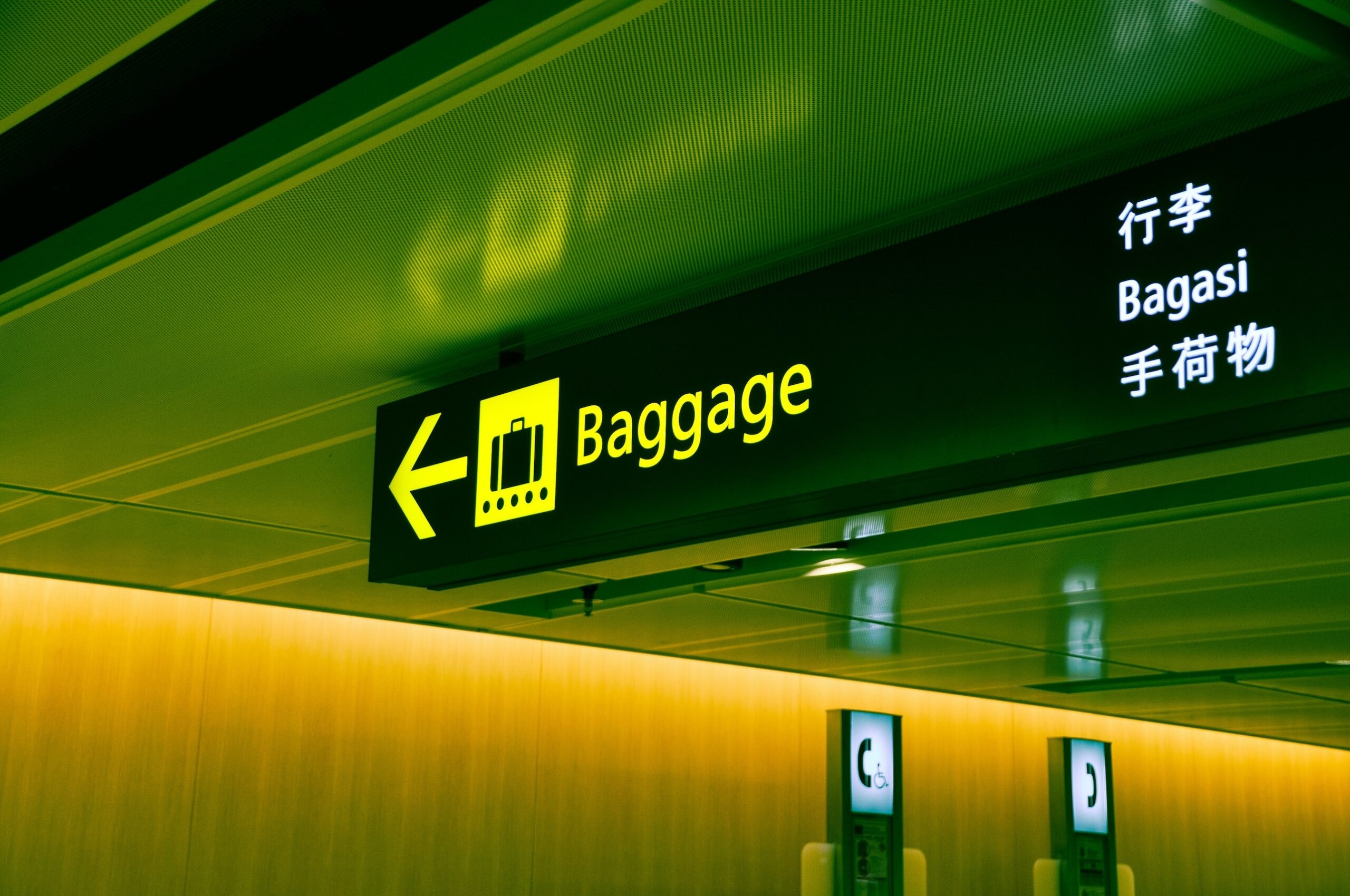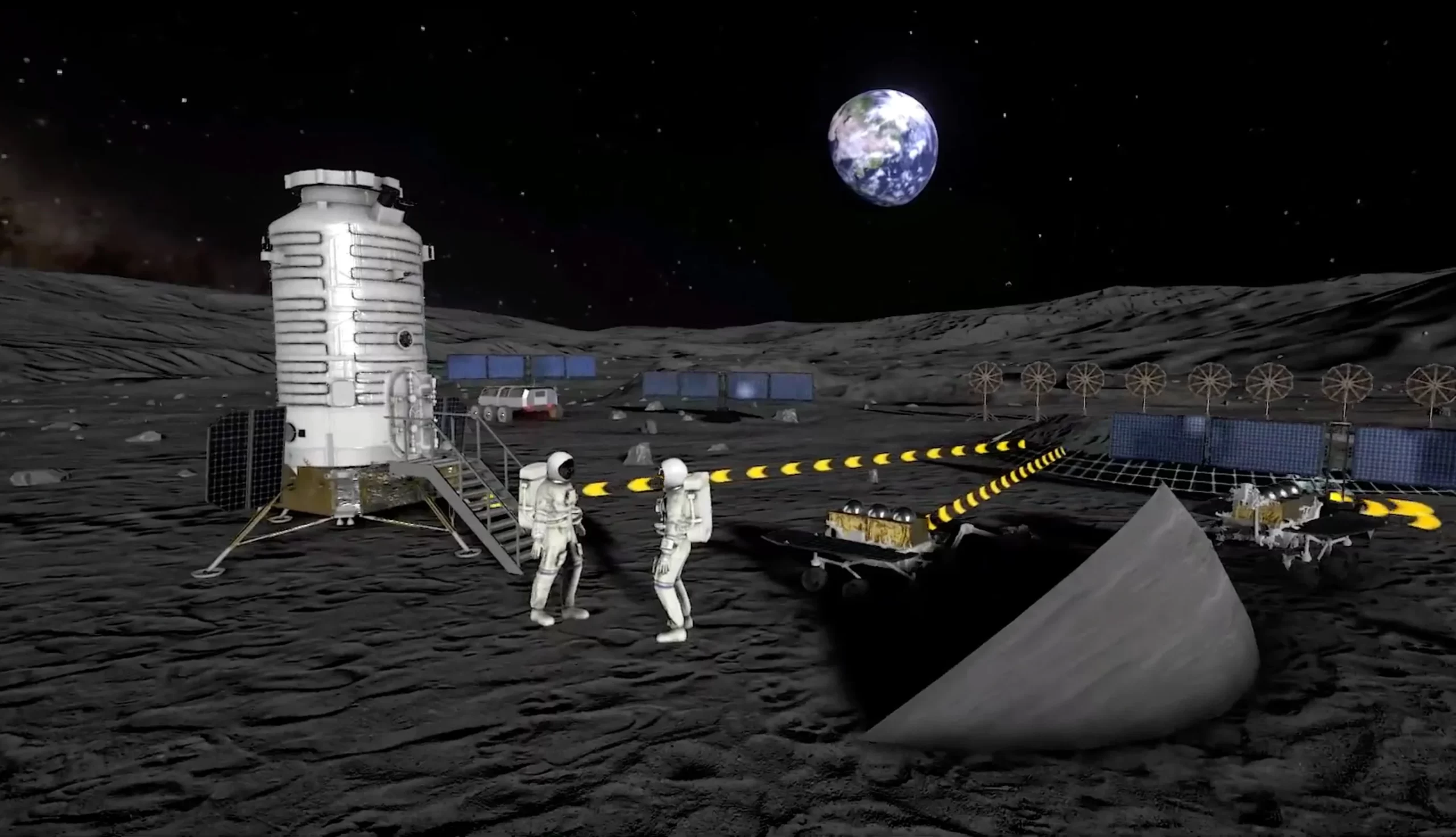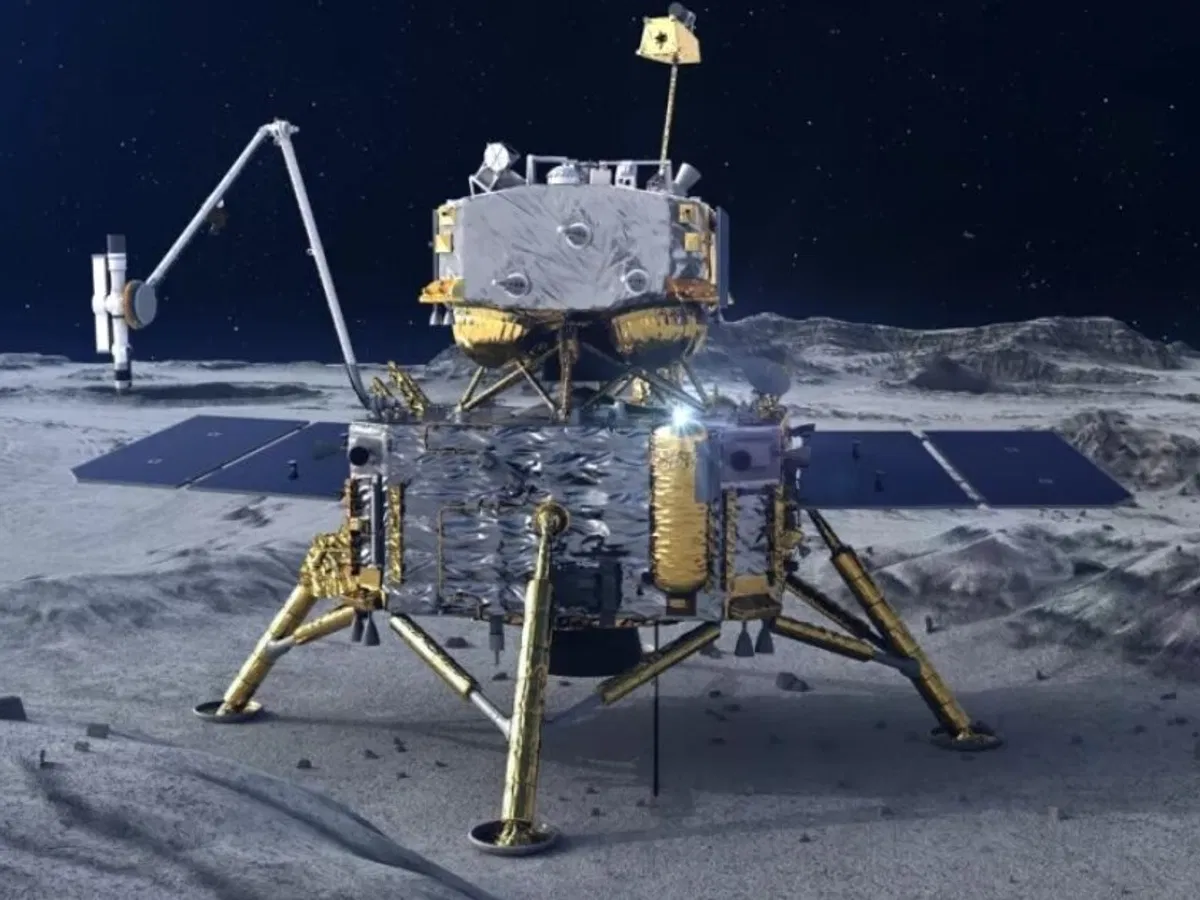In a rapidly globalizing world, communication across languages is more crucial than ever before. From business collaborations to cultural exchange, the ability to bridge language barriers is a key driver of progress. This is where the fascinating realm of translation technology comes into play. By deciphering the intricate “code” of languages, these advancements are reshaping the way we interact, breaking down linguistic boundaries, and opening doors to seamless global communication.
1. The Evolution of Translation Technology
Humanity has always sought effective ways to communicate across languages. From ancient interpreters to phrasebooks, the journey towards breaking language barriers has been marked by innovation. In recent decades, however, technology has propelled this journey into a new era. Machine translation, the earliest form of translation technology, paved the way for more sophisticated approaches.
2. Machine Translation: A Glimpse into the Past
Machine translation, often associated with early computer programs, laid the foundation for today’s advancements. Although rudimentary, it sparked interest in the possibilities of using computers to translate languages. However, its limitations – rigid grammar rules and vocabulary constraints – underscored the complexity of human language.
3. Enter Neural Machine Translation (NMT)
The breakthrough of neural machine translation revolutionized the field. Unlike its predecessors, NMT employs artificial neural networks to decipher the nuances of language, leading to more accurate and contextually appropriate translations. This technology not only enhanced communication but also set the stage for future developments.
4. AI and Machine Learning: Powering Translation Technology
Artificial Intelligence (AI) and Machine Learning (ML) have become pivotal forces in refining translation technology. AI-driven algorithms can now learn from vast datasets and adapt to different contexts, providing translations that reflect the cultural subtleties and idiomatic expressions unique to each language.
5. The Rise of Natural Language Processing (NLP)
Through NLP, translation technology has become more versatile, enabling the analysis of idioms, metaphors, and colloquialisms – elements that previously stumped automated translation.
6. Transcreation: Beyond Literal Translation
While accuracy remains paramount, the focus has shifted towards transcreation – an approach that ensures the emotional impact and intent of the original message are preserved during translation. This dynamic process combines technology’s precision with the nuanced touch of human creativity.
7. Breaking Down Language Barriers in Business
Translation technology is a game-changer for businesses eyeing global markets. Companies can now localize their content effectively, tailoring messages to resonate with diverse audiences. This paves the way for smoother international expansions and collaborations.
8. Empowering Cultural Exchange
Translation technology isn’t solely for business. It plays a pivotal role in fostering cross-cultural understanding and exchange. Literature, films, and art can now transcend linguistic confines, reaching audiences around the world and enriching global perspectives.
9. The Human Element: Collaboration between Man and Machine
As remarkable as technology is, it’s essential to acknowledge the importance of human involvement. While algorithms handle the bulk of translation, human translators add the finesse of cultural context, ensuring that no subtlety is lost in translation.
10. The Future Unveiled: Constant Innovation
The future of translation technology holds boundless potential. With the ongoing integration of AI, the accuracy and fluidity of translations will continue to improve. Real-time translations, wearable devices that facilitate multilingual conversations, and even more profound cultural understanding are on the horizon.
11. Conclusion
In a world where diversity is celebrated, translation technology stands as a testament to human ingenuity. By decoding the intricate code of languages, these advancements are propelling us toward a future where global communication knows no bounds. As we embrace this transformative era, the magic of understanding and connection across languages will continue to unfold.
12. The Human Touch: The Role of Professional Translators
Despite the rise of automation, human translators continue to play a vital role. Their nuanced understanding of language and cultural context adds a layer of depth that technology alone can’t replicate.
13. Integration of Voice and Text Translation
The fusion of voice and text translation opens doors to more interactive and intuitive communication. Voice recognition technology paired with NMT allows for seamless conversations across languages.
14. Enhancing Accessibility and Inclusivity
Translation technology contributes to a more inclusive digital landscape by breaking down language barriers that can exclude individuals with limited language proficiency.
15. Conclusion: Uniting the World through Words
In a world that’s becoming increasingly interconnected, translation technology is the key to fostering understanding and collaboration. By continuously advancing algorithms, addressing challenges, and respecting cultural nuances, we can look forward to a future where language is no longer a barrier but a bridge that brings people together.
FAQs
Q1: Is translation technology capable of replacing human translators entirely?
Translation technology complements human translators by enhancing efficiency, but the nuanced understanding of context and culture that humans provide remains invaluable.
Q2: Can translation technology handle complex documents, such as legal contracts?
Yes, advanced translation technology combined with AI can effectively translate complex documents while ensuring legal accuracy.
Q3: How does translation technology handle idioms and cultural references?
Modern translation technology, aided by AI and NLP, can decipher idioms and cultural references to provide contextually accurate translations.
Q4: Are there privacy concerns when using translation apps that require voice input?
Privacy concerns exist, but developers are increasingly focusing on securing user data and providing transparent privacy policies.
Q5: What languages are translation technologies most proficient in?
Translation technologies have made significant strides in major languages, but ongoing development aims to improve proficiency in less commonly spoken languages.
Read more:How Stephen A. Smith Has Changed Media And Culture



